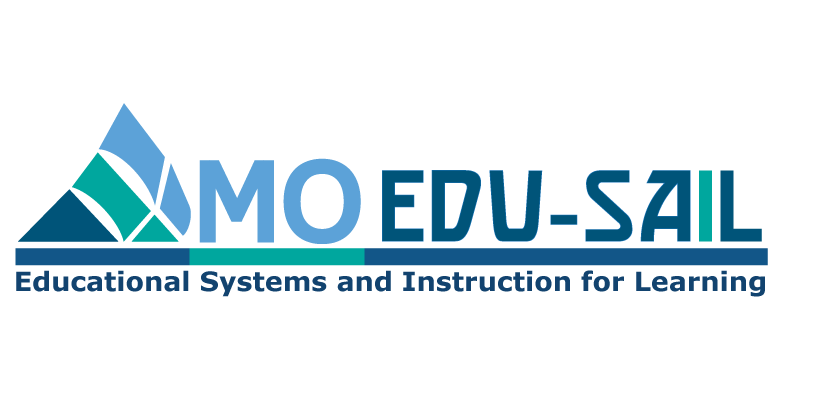UNPACKING COMMON FORMATIVE ASSESSMENTS
“Assessment is not something that is done to students separate and apart from instruction; assessment must be – must be seen to be – something that is done with students as an integral part of the learning process.”
Ken O’Conner, 2002
Keys to Quality Assessment
According to Rick Stiggins and associates at Assessment Training Institute (ATI), there are five specific keys to consider when talking about assessment (Stiggins, Arter, Chappuis & Chappuis, 2004).
We will explore all five keys. Three keys are for creating, determining targets, and creating assessments. Two keys involve students. Students are an integral part of accurate and effective use of assessments. Students need to be involved in the process of keeping track of their data and they can be involved in creating rubrics and scoring guides.
The first key addresses the why behind the assessments. What is the purpose of the assessment (formative or summative)? Who will use the results (state, district, school, teacher, student, parent)? Some assessments (EOC, MAP) are for accountability and schools use the results; Some informal – most formative – assessments are used by teachers and students FOR learning.
The second key addresses the what from assessment. Which learning targets are being assessed? Are these important for life-long learners? Are the targets clear?
The third key addresses how the targets will be assessed. The third key is to ensure that an accurate assessment is designed well.
Many teachers and systems use selected response because it’s easy to score. However, if the target of learning and performance is to critically think and compose a response, a multiple choice item is a mismatched method. The last lesson in this course focuses on this key, by addressing sound assessment design.
Reflecting on these first 3 keys, what would happen if one of the keys were missing?
How will the results from the various assessment types be used and communicated? What’s the role of feedback? How are results communicated to parents, administration, students? Do students keep track of information from assessments?
In what ways are the following communicated: information on state assessments, daily work, unit targets?
Key 5: Students are participants and users of assessment practices.
The final key belongs to students. They can and should be clear about each of these keys as well! Do students understand the learning targets? Do they know the purpose of the assessments and how they will be assessed? Are students able to keep track of their progress?
What other roles do students play in assessments?
← Previous Topic Next Topic →

